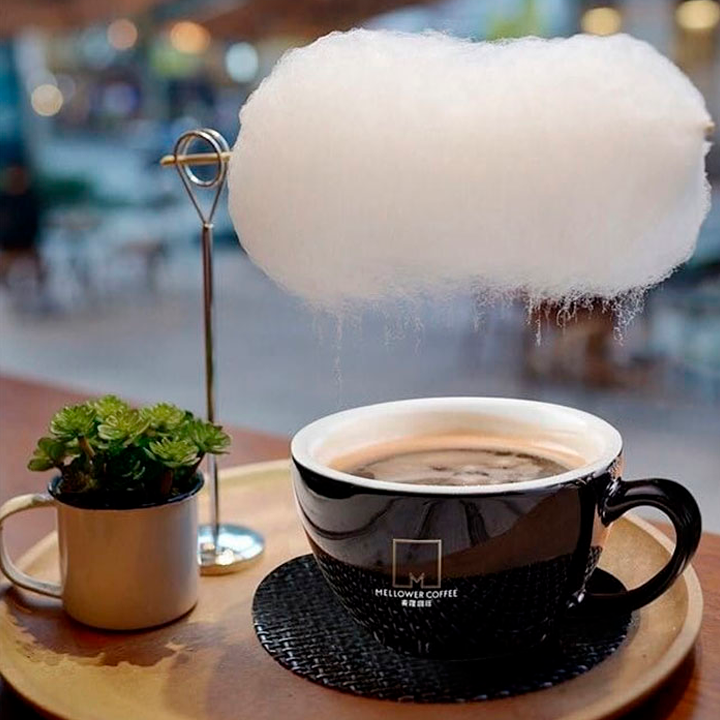Coffee Trends from The Food Entrepreneur Show
2019
One of the many presentations we attended was about coffee trends: Asia Leads Beverage Innovation, Does Europe Follow? Here are some of the top trends mentioned…
Protein in coffee
Historically coffee has been known for its health benefits. And even today most drinkers take coffee primarily for it’s energetic effects:
• 78% – to wake up
• 74% – to warm up
• 66% – for a boost
• 60% – for a treat
• 60% – for longer term energy
• 58% – to focus
USA coffee drinking motivation NCA 2016
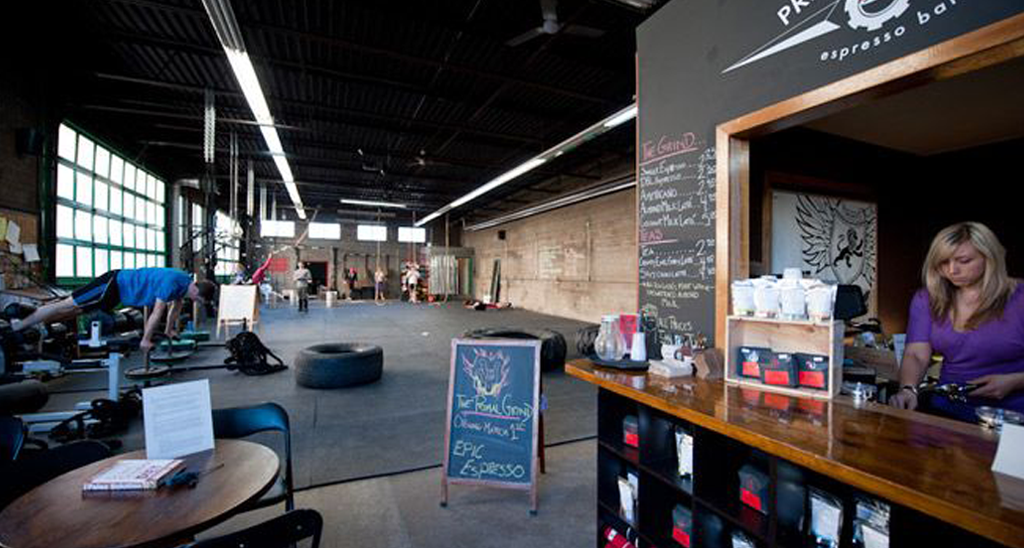
Gyms have embraced this historical fact and have begun to introduce cafés inside the gym. Not to mention protein in coffee.
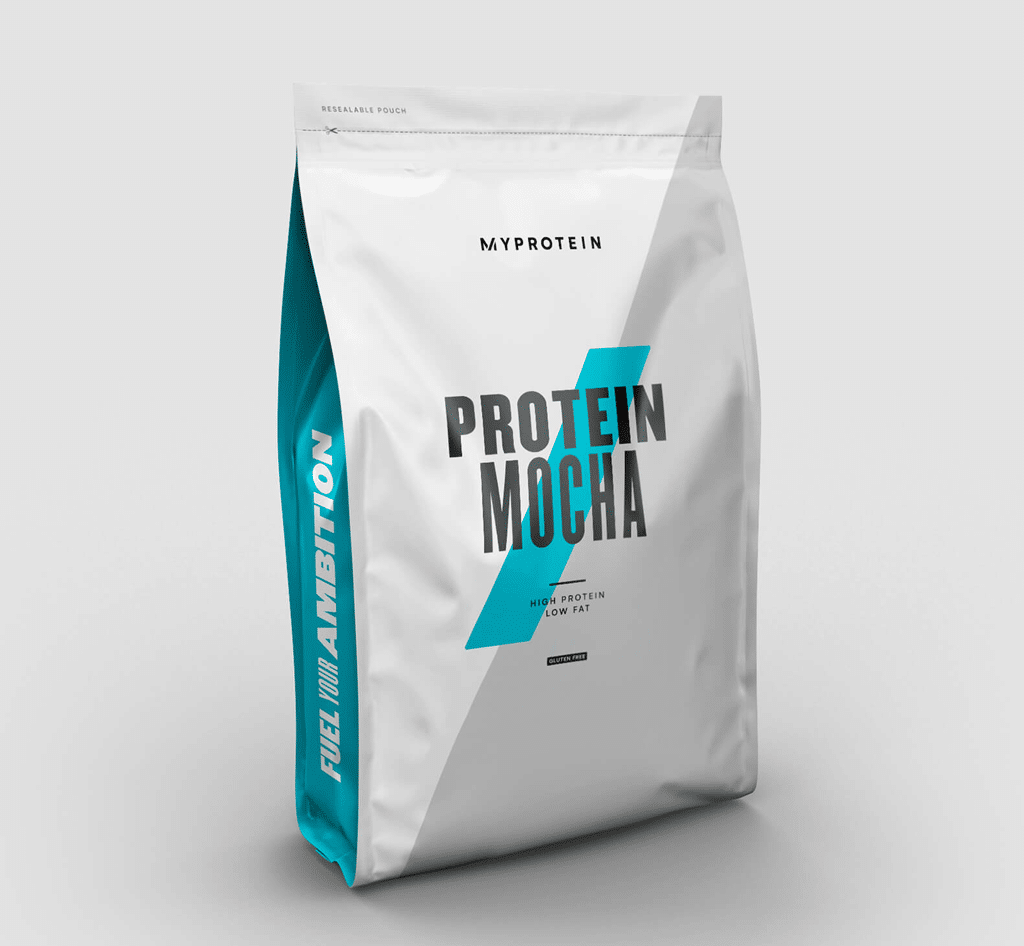
Health Care Weekly discusses this:
“It’s no secret that protein powders and shakes can take any workout to the next level. Protein intake helps you grow more muscles and maintain the bulk. Post-workout shakes, in particular, can also help with muscle recovery.
Coffee, on the other hand, has made a major mark in the workout scene. It boosts your workouts by revving up your metabolism, energizing, and alleviating muscle pain. It can also help you focus better on your exercises.
Protein coffee brings together the best of the two worlds.”
Coffee trends from around the world
There are some fascinating coffee trends across the world, that have been drawn upon for inspiration in the past. We have all heard of bubble tea that made a splash in western markets. It is a tea that actually originates from Taiwan. Similarly Frappuccino’s, the summer ice drink, has origins in Greece.
Coffee is consumed in a variety of different ways across cultures and we can continue to look abroad for inspiration. Some of the most interesting trends abroad are:
• Finland – cheese in coffee
• Vietnam – egg whites in coffee
• Asia – candy-floss cloud
• New Zealand – latte art
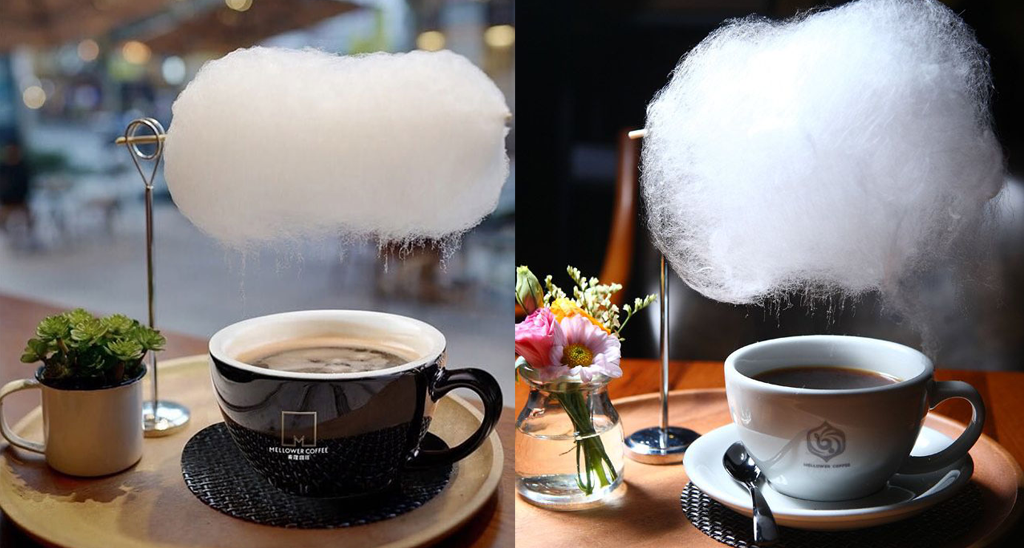
candy-floss cloud
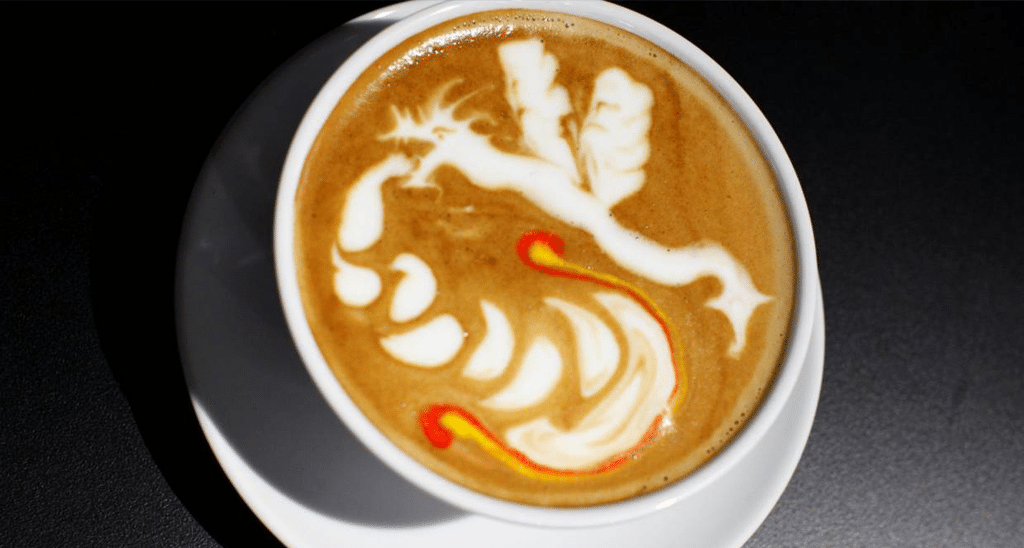
latte art from New Zealand
Some of these trends are making their way over to western markets like coloured coffee. Look out for cheese or egg whites in coffee. And also the candy floss trend where it is used to sweeten the coffee by melting it into the coffee with the heat of the steam!
Rituals
“Man feeds not only on proteins, fats, carbohydrates, but also on symbols, myths, fantasies.”Fischler
Ritual/ceremonial based experiences when consuming has long been known to make food taste better in the non-tangible or chemical sense.
From the Oreo twist, lick and dunk ritual to the snap of the Kit-Kat or the crack of the Magnum ice-cream, consumers found that it made the experience more enjoyable and the product taste better.
Magnum launched their tub-based ice cream back in 2017. Wanting to carry over their signature chocolate crack ritual from lolly to tub, they used the same process of pouring a layer of hot molten chocolate on frozen ice-cream, which solidified on contact, achieving the same ritual Magnum is know for.
They further capitalised on this ritual by making it the forefront of their marketing ad and launch campaign seen here
Understanding that applying this ritual experience to coffee is highly valuable and could help you stand out. Additionally if consumers can take their beverage to their table with all the separate elements of milk, sugar etc. the ritual aspect of making their coffee their own is a richer emotional experience. People are willing to pay more for this customisation.
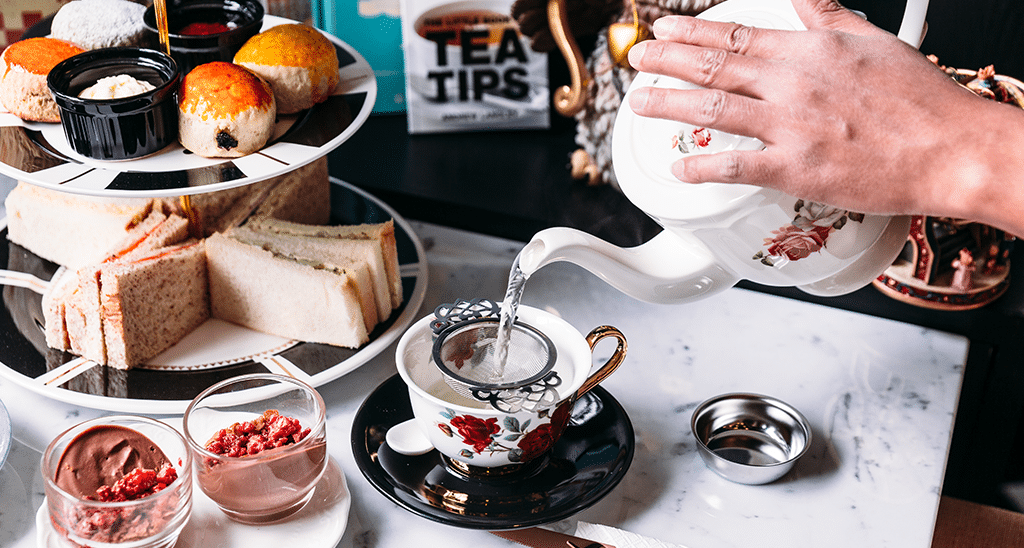
Teahouses are already drawing from tea making ceremonies from their eastern heritage. In some of the more hipster coffee shops in London, they also serve the tea with timers, set differently, depending on your order, along with tea bag strainers and other parts of the tea making kit.
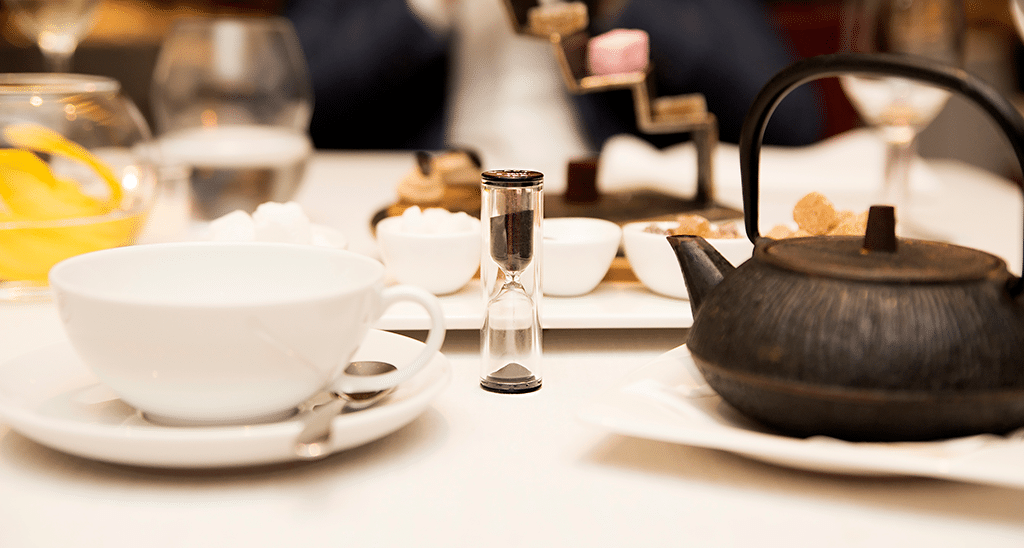
timers used in tea ceremonies
Rituals play a great part in the consumption of coffee, so it is important to bare this in mind when creating an experience around your product. This will make your brand stand head and shoulders above the rest.
Here’s a great article for further reading, and if you really want to dig deep, this paper goes into the psychosocial benefits, emotional shifts and consumer perception enhancement of rituals in food & drink.
Craft and handmade element
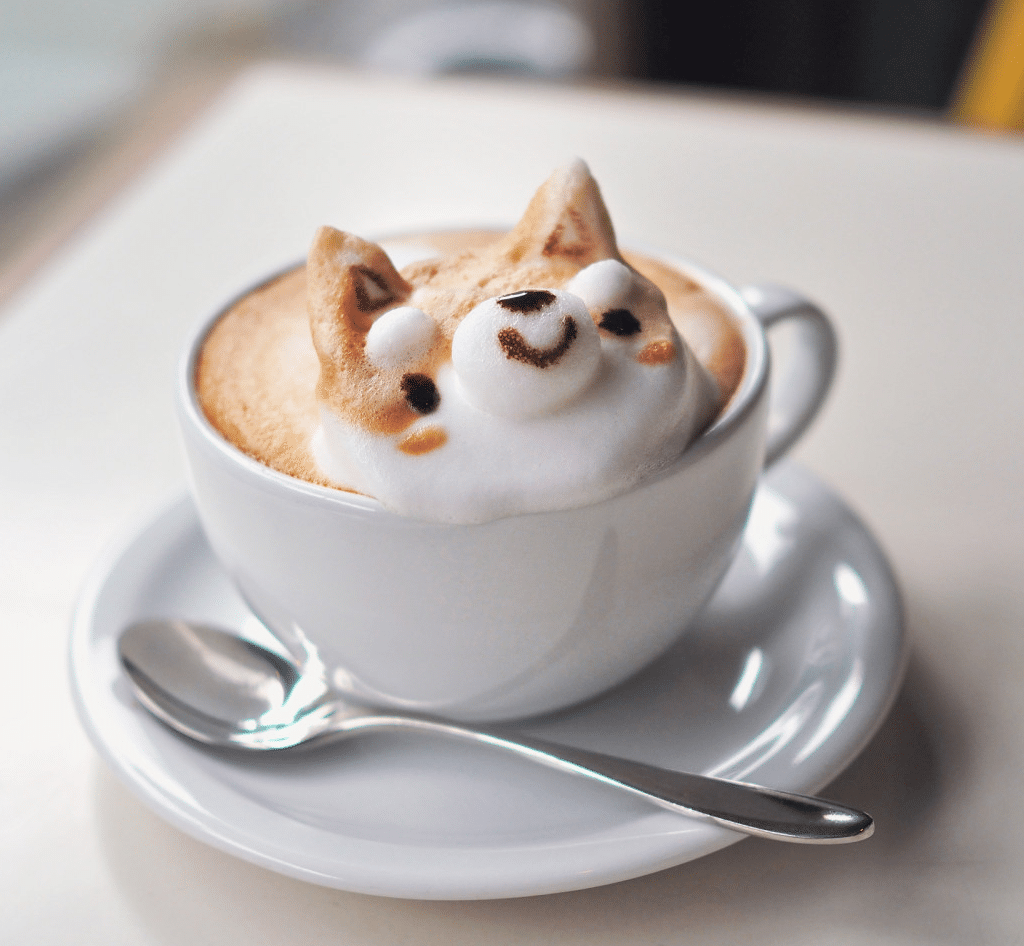
There is a stark difference between instant coffee from a machine and a hand crafted one from a trained barista. Consumers pay more for the hand crafted element as it represents care and personalisation. It was found that consumers are willing to pay 30-40% more for pour not pump coffee.
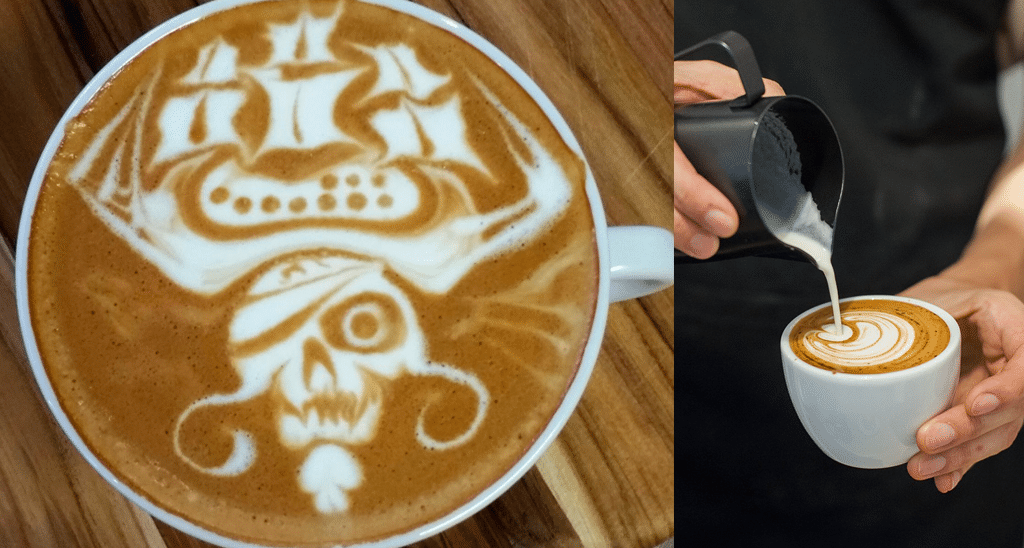
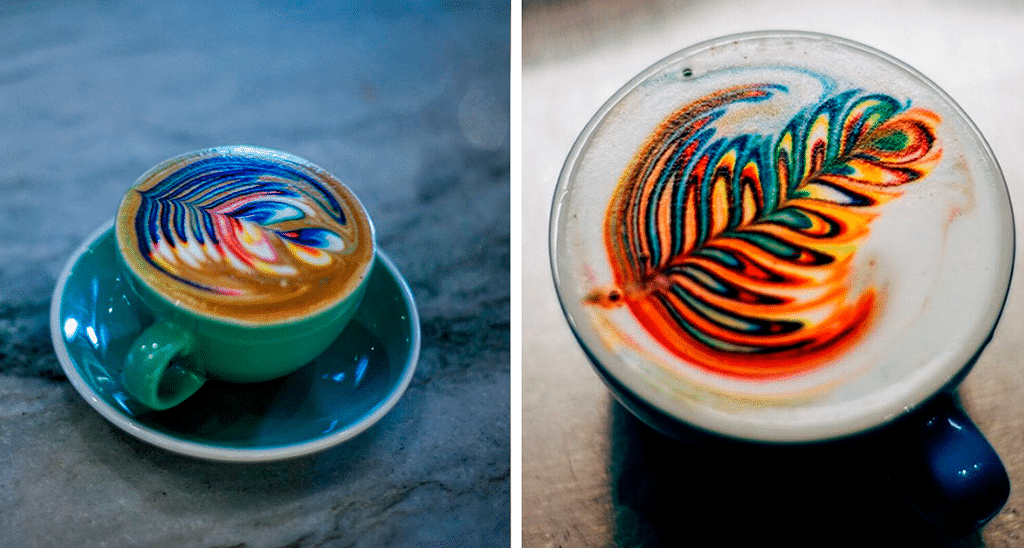
use of colour in latte art
This is the same reason coffee shops also have hand lettered brand identities; it speaks to the bespoke made by hand element of the coffee craftsmanship.
“Techniques should be more unique instead of being generic, such as our hand crafted latte arts.”Together coffee, Taiwan
Another trend in this area is regarding the coco that is sprinkled at the end. Some coffee shops are using customer selfies as latte art. Created by a personalised stencil, based on a selfie of their choosing, the customer receives the coffee with their image as latte art.
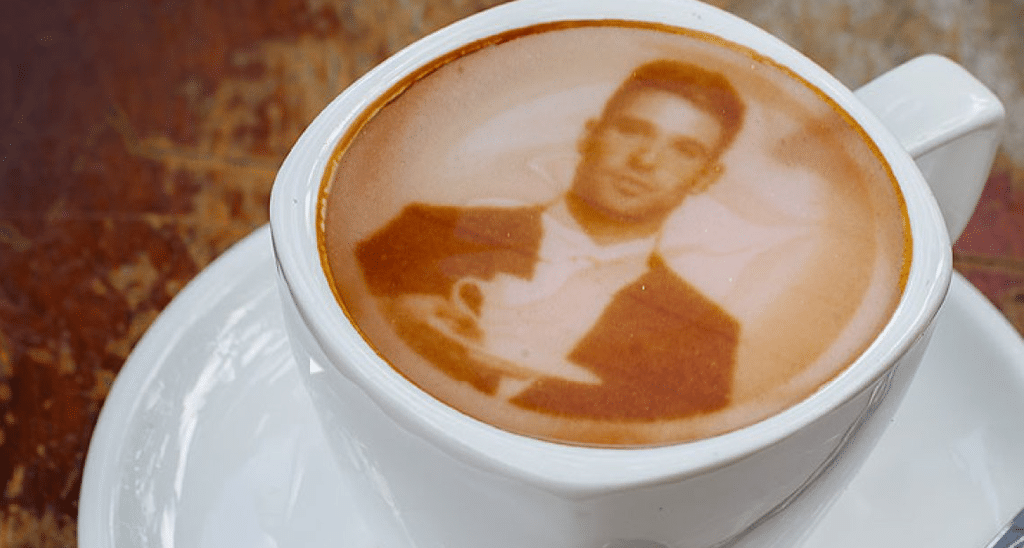
This is a very instagramable trend. A selfie of a selfie – or selfie inception. A point to note here is the power of social media and experience driven purchasing. Instagram has changed tea and coffee consumption because the latter is more visual. Markets that were more heavily tea drinkers have changed their consumption habits and now coffee is outperforming tea.
We can see this trend dying out quite soon as it’s not own-able by any particular company. Any brand can offer this service if they purchase the machines. Consumers will quickly get bored of this as the emotional experience is not that high.
However the point to takeaway is creating an experience around food and drink is what makes it enjoyable, memorable and keeps customers returning. The trick is to create an experience that isn’t a passing fad, but creates deep emotional connections with your product/service.
Sustainability
“Most shoppers feel better when they buy products that are sustainably produced.”
Unilever Global Research
Sustainability is a hot topic across industries. Within the coffee industry it’s the infamous coffee cups and straws that have become the big issue in damaging the environment.
Styrofoam was invented in 1946 by Dow Chemical and quickly took off as the go-to option in the coffee shop takeaway culture, to keep up with the demand of a fast-pace city life.
When asked, it was found that developing countries actually wanted environmentally friendly solutions much more than western markets.
• India – 88%
• Brazil – 85%
• Turkey – 85%
• US – 78%
• UK – 53%
The problem western markets face is the on-the-go coffee drinking culture. We need to challenge and change it from a take-away, to a-take-your-time culture; to sit in the coffee shop to drink rather than insist on taking out. This is a consumer driven demand and can change if enough education and experience is created in the sit-in option by coffee shop owners.
Climate change is challenging humanity to be more resourceful not just in what we create that is environmentally friendly but also how we come to these solutions. It is challenging our way of thinking.
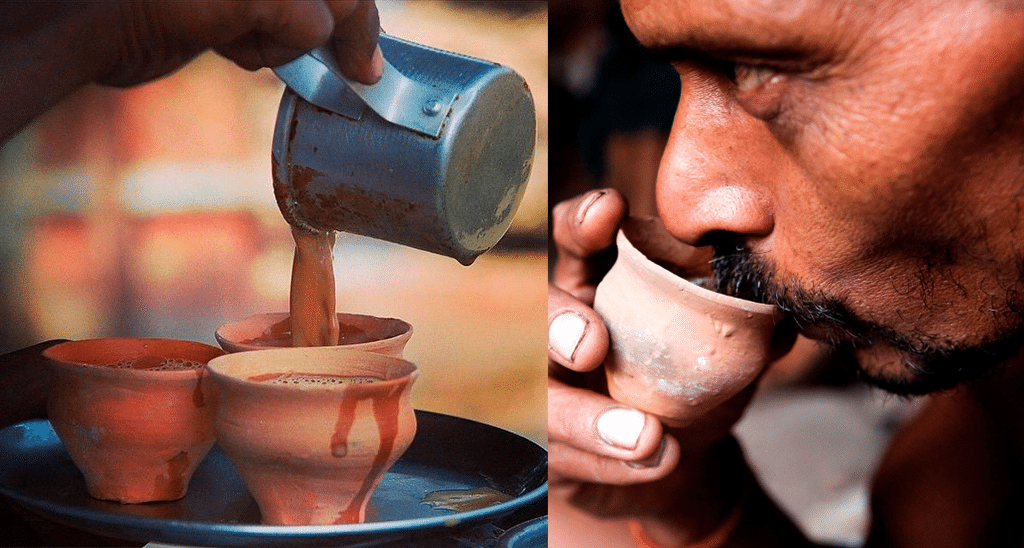
As an example, it may be unnecessary to innovate solutions driven by tech, (which can be both expensive and time consuming), when we have solutions from history. If we look to India, Chai-Wala street stalls have successfully served tea in terracotta vessels as part of a tradition established for hundreds of years. This environmentally friendly and sustainable solution is one that we can draw upon if we want to further develop it.
As Occam’s razor goes, ‘the simplest solutions are usually the best’.
Other recycling trends that are taking off are clothing made from materials using coffee grounds. And separately a trend of non-plastic straws that add flavour to coffee.
In closing
Creating an experience around coffee drinking that is unique to your brand, your story and your purpose will help you stand out from the rest of the coffee brands. It is important to be aware of coffee trends so that you do not become irrelevant, but also be cautious in jumping on the ‘trend bandwagon’ where nobody stands out.
Coffee is a creative industry and it requires creativity to also stand out. Carving out an own-able ritual based experience is more unique, rather than following a shared trend. Companies are already doing this, examples are that of coffee alarm clocks, that both wake you up as well as activating the machine to make a fresh cup. Or the candy floss cloud that melts and sweetens your coffee.
To create your own experience that is not gimmicky is to create one that triggers a rich, long lasting emotional experience that speaks to your purpose as a company.
Plus 5 FREE tickets up for grabs!
Two of our projects were shortlisted for the Creativepool Awards
“Your brand is the single most important investment you can make in your...
